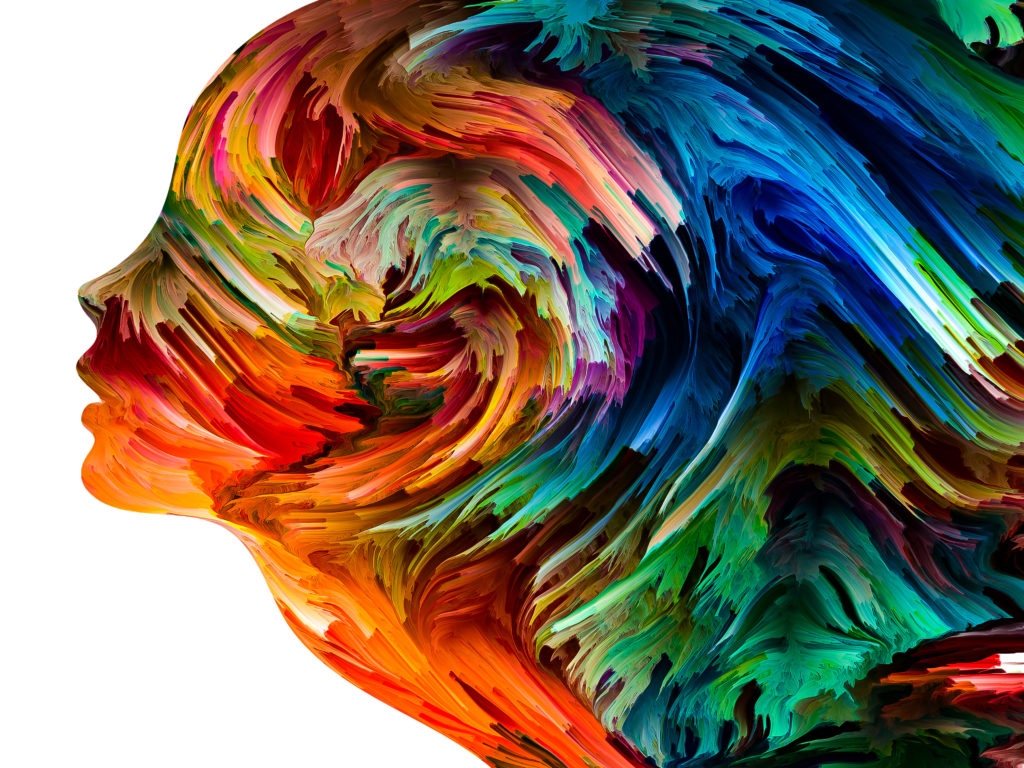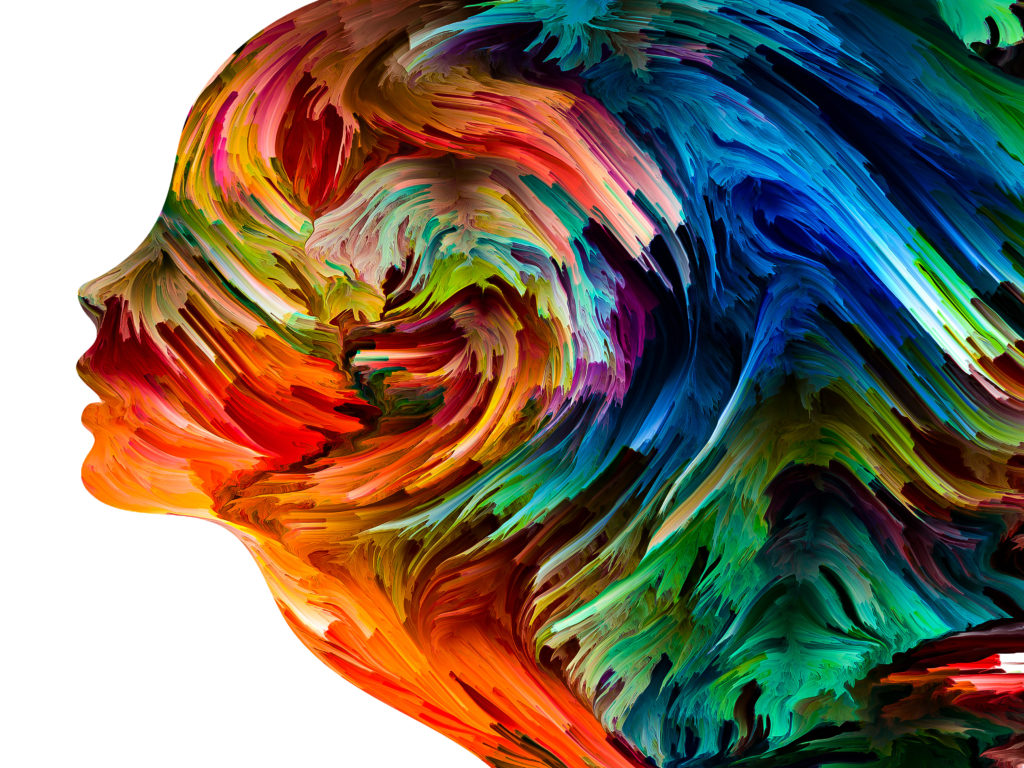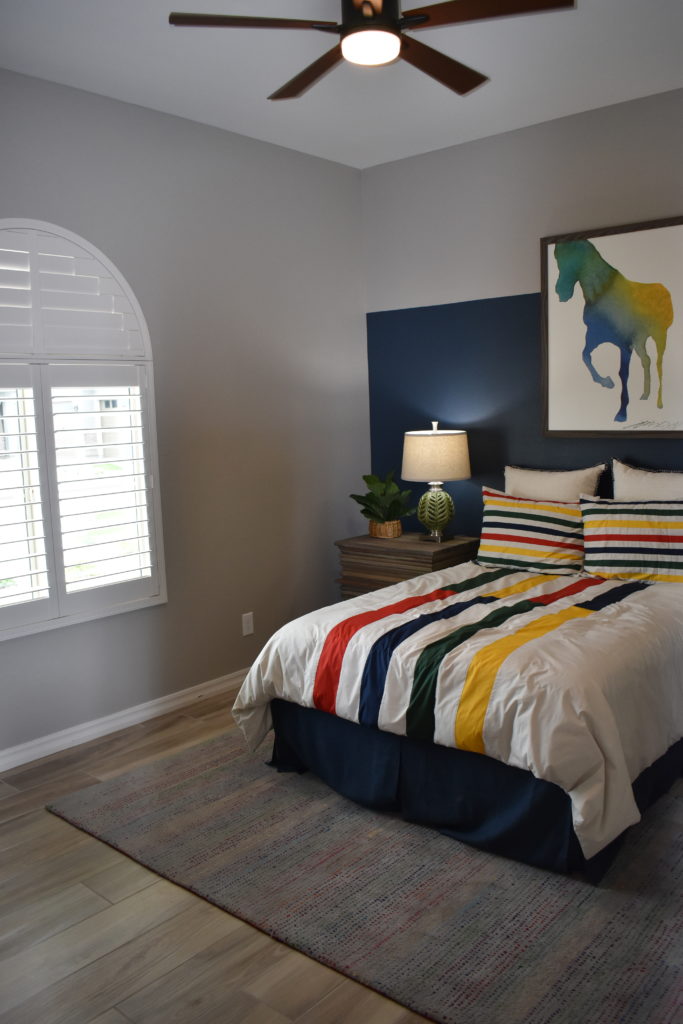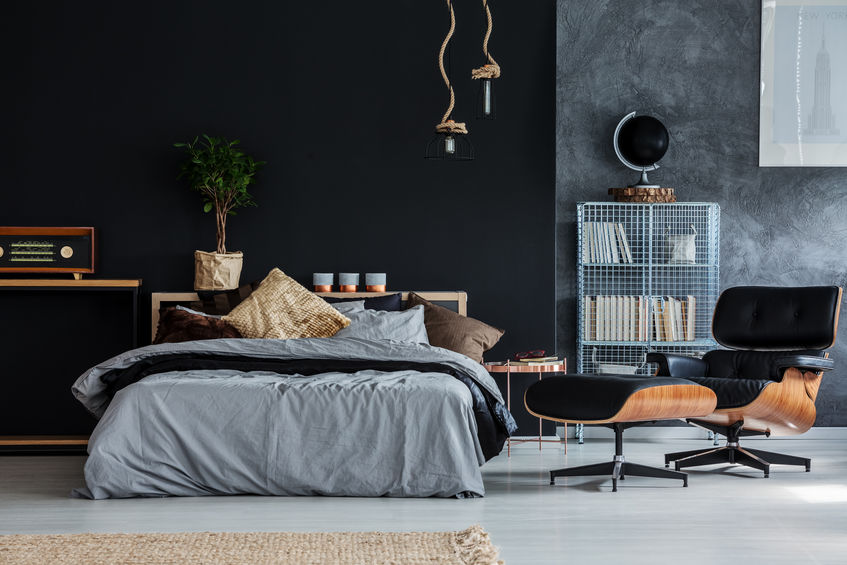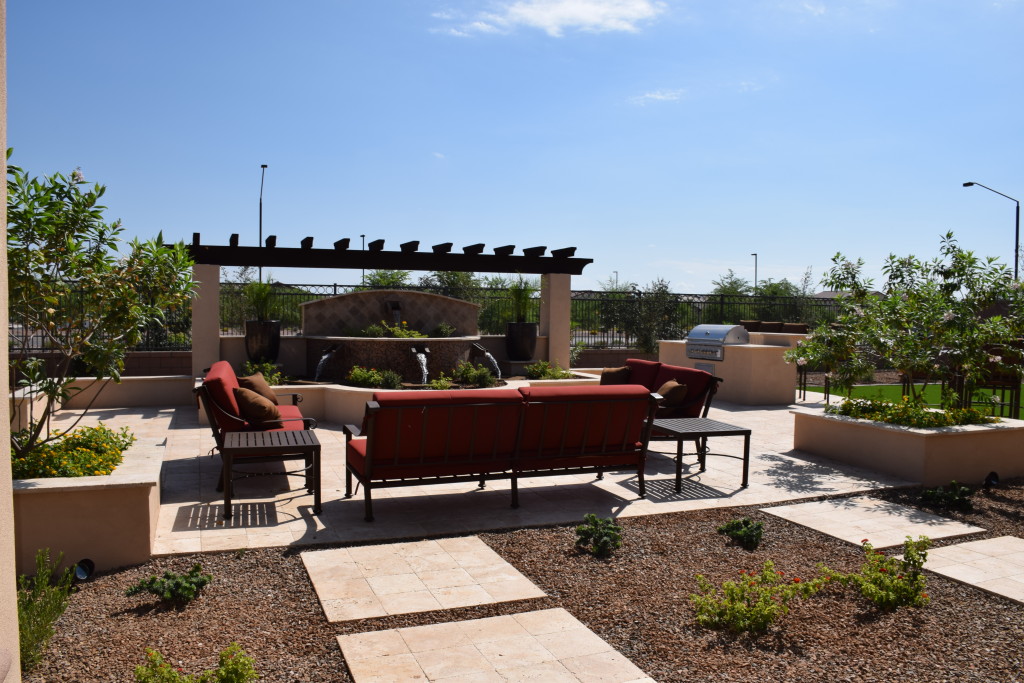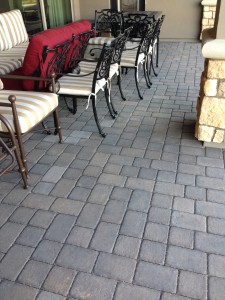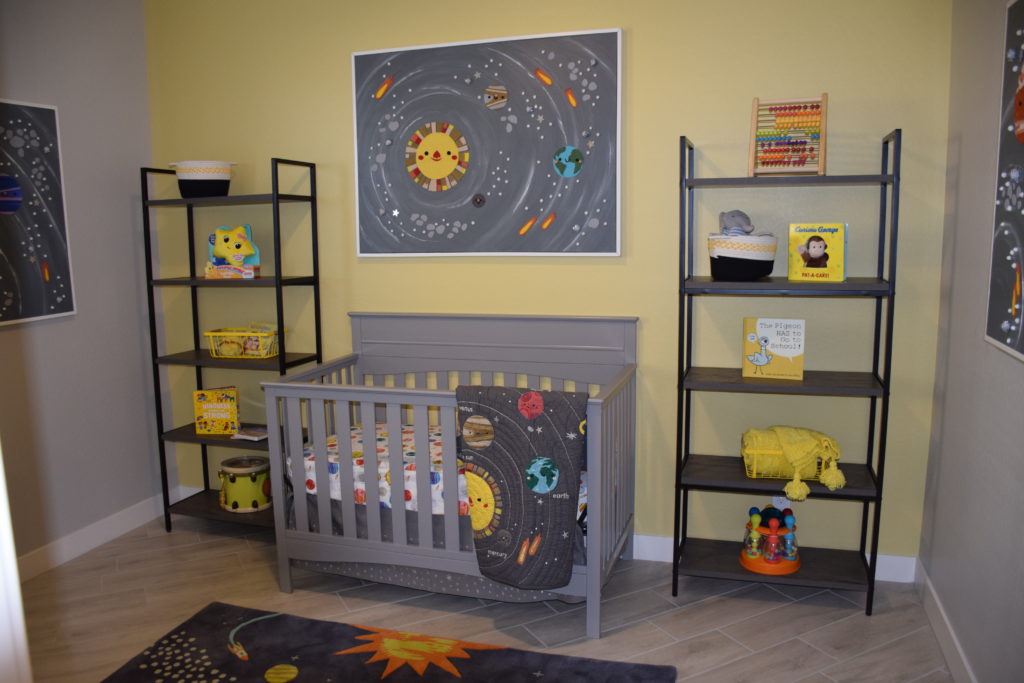
How to use color to convey in interior design
Now that we’ve discussed both light and dark colors it’s time to step up the excitement and learn how to use bold colors to create a mood in a room! As mentioned in Part 1 and Part 2, color has a dramatic effect on space. It influences energy, emotional response, and overall enjoyment. Perhaps you’re already savvy or perhaps this is your first exposure to this method. Either way, our series of guides to the power of specific colors is sure to aid in creating a space that you adore. If your goal is for others to adore it as well then all the better!
An important consideration is to think about the way combining colors changes things. For example, if you use just bright red and bright pink in a room it might feel energetic and festive, but after a while that could seem like too much. So, try incorporating golden yellow so it also feels comfortable. You can control this even further by minimally using the colors that evoke stronger responses, and liberally using colors that are inherently mellower.
Blue Purple – contemplative, meditative, spiritual, soul-searching, intuitive, mysterious, enchanting
Bright Red – exciting, energizing, passionate, hot, dynamic, provocative, dramatic, powerful, courageous, assertive, impulsive, adventurous, spontaneous, motivating
Bright Pink – exciting, playful, attention-getting, high energy, wild, tropical, festive, vibrant
Bright Yellow – illuminating, joyful, hot, lively, friendly, luminous, enlightening, energetic, sunshine, innovative, aware, surprising
Ginger – spicy, flavorful, tangy, pungent, exotic
Golden Yellow – nourishing, buttery, tasty, sun, hospitable, comforting
Lavender – romantic, nostalgic, fanciful, light
Lime – fresh, citrusy, youthful, refreshing
Red Purple -thrilling, intense, exciting, dramatic, creative, expressive
Tangerine – vitality, fruitfulness, energizing
Turquoise infinity, compassionate, protective, faithful, water, coolness, sky, gemstone, tropical, oceans
Stay tuned for Part 4!


